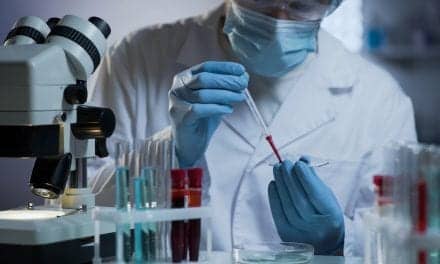Last Updated: 2008-06-24 12:57:31 -0400 (Reuters Health)
Sleepwalking episodes appear more likely when sleepwalkers are subjected to interference with normal sleep patterns, Canadian researchers report in the June 10th issue of Neurology.
"Our findings," senior investigator Dr. Antonio Zadra told Reuters Health, "show that the combination of factors that deepen sleep — like sleep deprivation — and that fragment sleep — like forced arousals with sounds — increases sleepwalkers’ probability of experiencing an episode."
Dr. Zadra and colleagues at the University of Montreal note that investigation of sleepwalking is difficult as episodes rarely occur in the sleep laboratory. However, sleep deprivation and forced arousals have been reported to facilitate somnambulism, and the researchers sought to investigate whether these would prompt sleepwalking under laboratory conditions.
Ten sleepwalkers and 10 controls were subjected to auditory stimuli during normal sleep or recovery sleep after 25 hours of sleep deprivation. Subsequently these events were repeated after reversal of the order of normal sleep and sleep deprivation.
None of the controls experienced somnambulistic events. However, during slow-wave sleep, 3 of the sleepwalkers experienced at least 1 episode with auditory stimuli under normal sleep conditions. This was true of all 10 when auditory stimuli were employed during recovery slow-wave sleep.
"The tested protocol," continued Dr. Zadra, "shows a high sensitivity in adult sleepwalkers, thereby suggesting its use for diagnostic purposes. The data also provide empirical support for the clinical recommendation that sleepwalkers maintain regular sleep cycles, minimize sleep deprivation, and avoid potential environmental disturbances during sleep."
In an accompanying editorial, Dr. Mark R. Pressman of The Lankenau Hospital, Wynnewood, Pennsylvania, points out that the researchers’ technique is "not ready for prime time as a diagnostic test." Even so, he concludes, "It has been a very long time coming, but a proper tool for direct neurophysiologic sleepwalking research has finally emerged."
Neurology 2008;70:2274-2275,2284-2290.
Copyright Reuters 2008. Click for Restrictions




